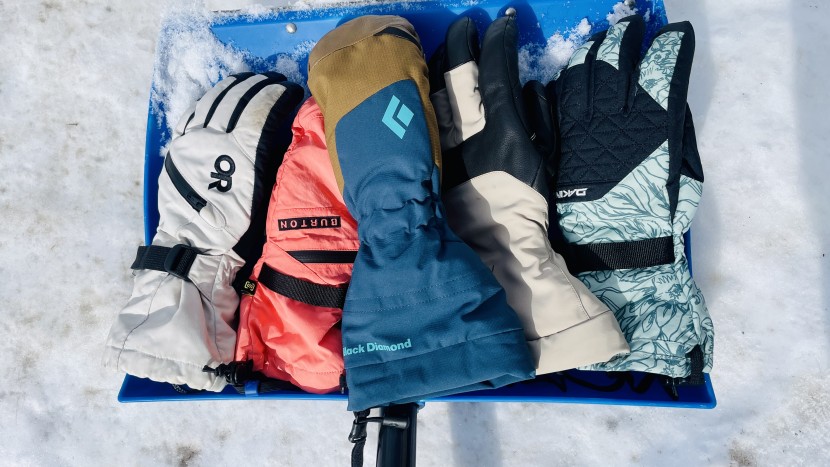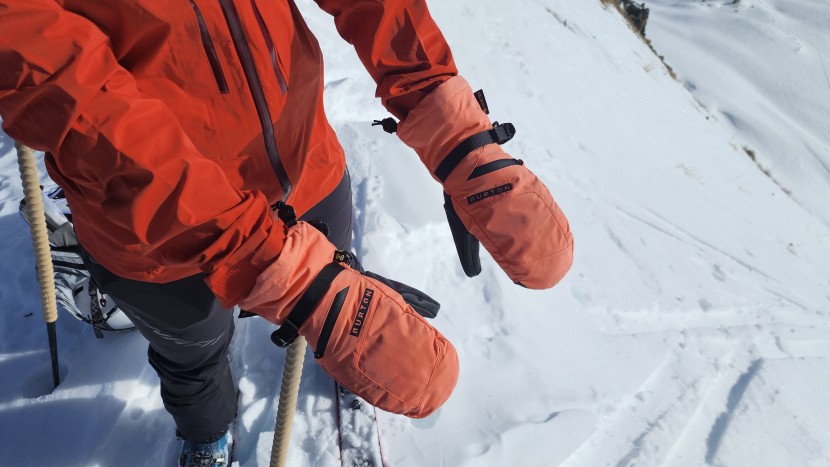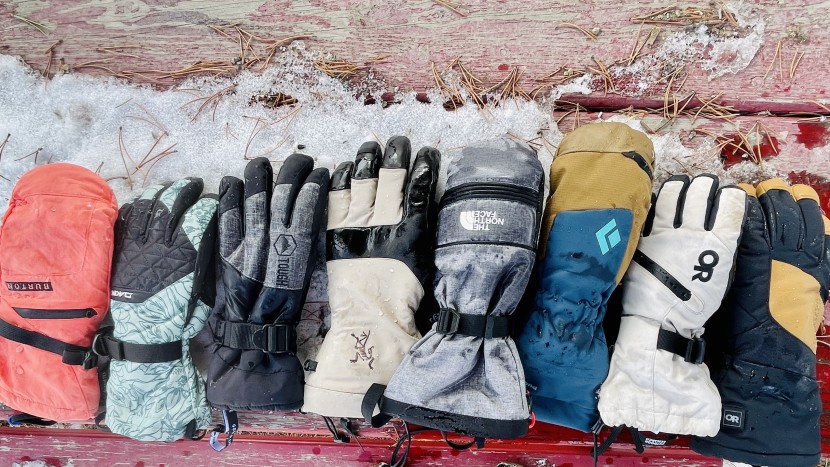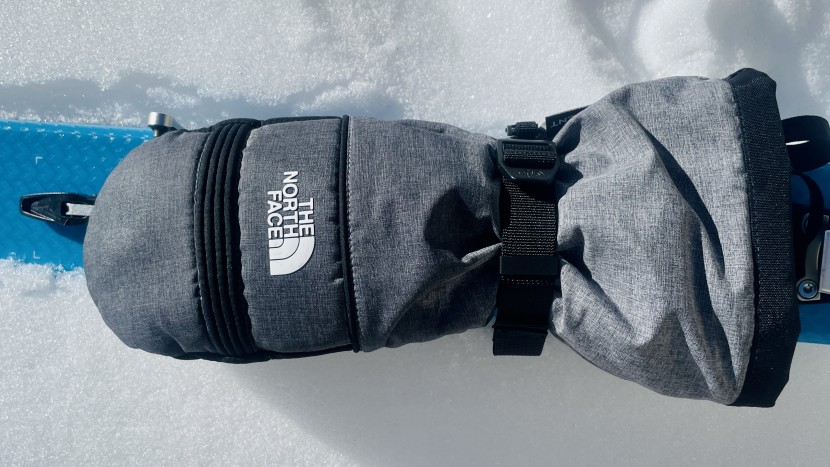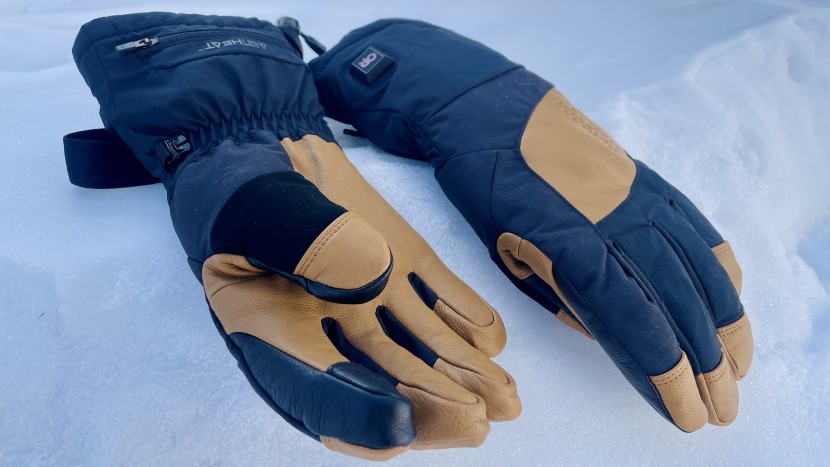Testing by skiing in both wet and dry climates, each of the gloves and mittens we reviewed has seen the full spectrum of weather conditions and activities. They were also put through extensive lab testing to compare them objectively in a controlled environment, shaking out the top performers from the rest.
We rated each pair of ski gloves and mittens comparatively across five different metrics: warmth (25%), water resistance (25%), dexterity (25%), construction quality (15%), and features (10%). We put each pair through many objective empirical tests in the lab to gather data and information on performance and used these gloves in extensive field testing.
Warmth
When choosing a ski glove or mitten, warmth is the top priority. However, what feels warm can vary greatly from person to person, influenced by factors like individual body temperature and sensitivity to cold. The ideal glove or mitten strikes a balance, providing enough loft and insulation to keep your fingers cozy without sacrificing movement and dexterity. Additionally, good breathability, or the glove's ability to manage moisture, plays a crucial role in keeping your hands comfortable and warm.
To test relative warmth, we wore each model in conditions where temperatures hovered around zero all the way down to the double negatives. In the lab, we placed each pair in the freezer for five minutes to test their insulating properties (R-value) by measuring their temperature drop. We also measured the interior temperature of each pair after a full ski lap, skiing fast in cold conditions, to assess their wind resistance and warmth retention.
Water Resistance
When testing water resistance, we get super hands-on. We build snowmen, dig pits, and simply put our hands into the snow as much as possible when wearing these gloves. After being treated with the recommended water-resistant treatment, we note which products provide better water resistance over the course of a season on the mountain. Additionally, we subject each glove to a timed water dunk test. First, we measure the dry weight, then put the glove or mitt on our hand, then fully submerge for two minutes to allow the material to get as saturated as possible.
During this time, we notice if and where water penetrates (it usually occurs around the seams). After the two minutes are up, we weigh the glove to see how much water is absorbed. Gloves that absorb more water are typically less water resistant than those that don't.
Dexterity
Dexterity holds varying levels of importance for different wearers, but no matter who you are, being able to use your hands makes life a little bit easier. We wear each glove while ski touring and at the resort and text dexterity by performing common tasks with gloved hands, and time ourselves to get a qualitative gauge of how well each glove functions. We zip-up jackets, buckle ski boots, turn BOA knobs, and perform a series of tasks that require precise use of our fingers. Models that can perform the tasks in a shorter amount of time do better in this metric. In addition, we evaluate the craftsmanship of each glove, noting material flexibility, relative thickness, and fit, all of which can improve dexterity.
Construction Quality
To evaluate this metric, we examine all of the materials used in a pair of gloves or mittens and assess how they hold up throughout our testing period and beyond. We take a close look at the stitching, palm material, and other weak points where the gloves might wear out and combine our observations into an overall quality score.
Features
Lastly, we meticulously tally up the features of each glove and mitten and assess their overall utility. We pay close attention to touchscreen compatibility, included liner gloves, wrist leashes, hand warmer pockets, nose wipes, and more. Gloves and mittens that included more features, and specifically features that added to our overall experience with that pair, scored higher here.

